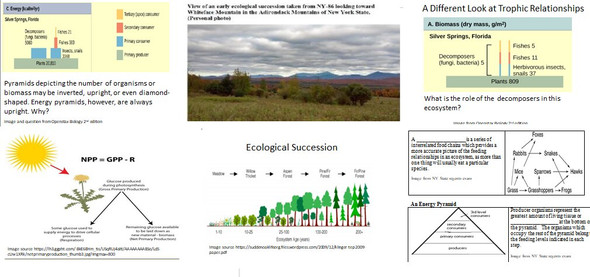Description
Welcome! I created this activity to help students holistically make the connection that in order for our cells to perform protein synthesis, we first need to consume protein. In this investigation, students examine whether a fictitious serving of white meat and milk will provide enough amino acids to synthesize an actin muscle protein. Please note - the protein structures students compare in this activity are not structurally representative of the actual molecules in sequence, size, or scale.
This lab activity reinforces the principle that protein synthesis is dependent on having us first consume protein.
-
Students first count the amino acids ingested in the two servings of protein.
-
Then they transcribe a gene and translate the mRNA to determine the sequence of amino acids in the faux actin protein.
-
Then they count the amino acids required to assemble the actin protein to determine if enough protein was consumed.
The students further examine the limits of diffusion, the role of peptide bonds, and the primary factor that determines the sequence of amino acids on a polypeptide chain in the analysis question section.
This PDF file will become editable upon conversion to Microsoft Word using an Adobe Acrobat Reader program. It includes a three-page key with the answers in red font.
Thank you for your interest. I offer dozens of quality field-tested, user-friendly, innovative lessons for biology, anatomy and physiology, chemistry, middle school earth science, physical science, space science and field ecology.


























